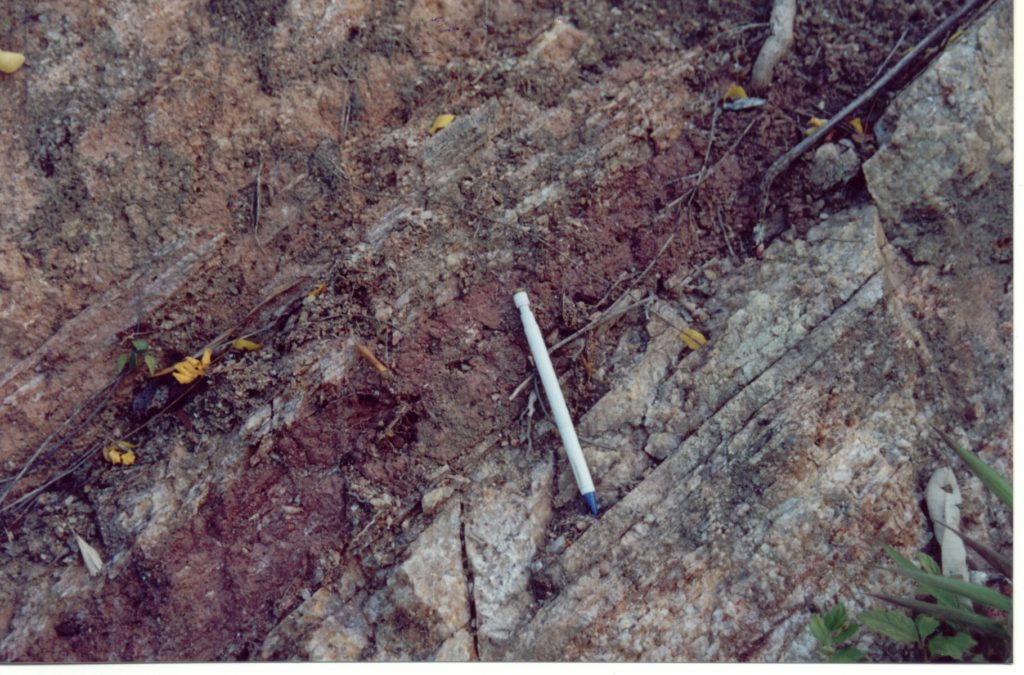How long has life been around on Earth? Is life an inevitable part of planet formation? The second question is tough to answer, but if life formed soon after the planet formed, then this has important ramifications for the abundance of life in the Universe.
In an article published in the leading journal Nature by Japanese geologist Takayuki Tashiro from The University of Tokyo and his team, evidence of life on Earth has now been documented in rocks that are 3.95 billion years old. This pushes back the oldest evidence of life by 12 million years, the record previously (although contentiously) held by evidence from 3.83 billion year old rocks from Greenland.
The type of evidence in both Greenland and Labrador is the same. It is the ratio of heavy carbon (Carbon 13) to light carbon (Carbon 12) in a pure carbon substance called graphite, compared to that same ratio in carbonate rocks such as limestone, all relative to a known baseline. That baseline, or standard, is important as it allows different labs with different instruments to calibrate their machines to the same thing, allowing meaningful comparison of results.
Carbonate rocks form in nature without the assistance of biology. Graphite, on the other hand, comes from kerogen, which is biologically-derived carbon. Biology prefers to use the lighter carbon in its energy-consuming biochemical reactions because the molecular bond-strengths are weaker than in heavier carbon. Life may have been responsible for this lighter carbon ratio in graphite compared to carbonate rock.
Prof. Tashiro and his team sampled the oldest sediments on Earth, which are found in the Labrador region of Canada, on the North American Craton (an old, stable block of Earth’s crust that forms the nucleus of modern North America). These sediments, over the course of their long life, have been buried and pressurized, intruded upon by younger volcanic and mountain-building events (“orogenies”), and exposed again to the surface. They are thus “meta” sediments, meaning they have been metamorphosed, which means exposed to high-temperature and/or pressure. As a result of these processes, the kerogen has become graphite, and any hope of finding fossils of life are lost. This is why geochemistry, in particular the study of light vs heavy carbon (also known as carbon “isotopes”) is one of the only ways to probe the rocks for the presence of life, because life (including you!) is so dependent on carbon.
Using advanced instrumentation techniques, they were able to measure the ratio of light to heavy carbon in both graphite and carbonates and showed that the difference was significant enough that, likely, life was responsible for this weight difference. The word “likely” here is important, because it is not 100% certain. No scientist will ever say that their interpretation of the data is 100% right. Their interpretation of the data, based on the evidence and their experience as subject-matter experts, represents the most likely explanation.
Indeed, the authors of the paper do present some geological mechanisms that could also make the carbon lighter in the absence of biological influence, but they suggest that the influence of these processes was minimal because of the lack of corroborating evidence. One mechanism that they did not discuss was the influence of extra-terrestrial carbon (which can contain light carbon) that likely was “raining” down on Earth 3.9 billion years ago. This time period was known as the “Late Heavy Bombardment”, a period in Earth history that saw a spike in meteoritic impacts. Could this spoil the data? It’s difficult to test, especially after the rocks have been reworked the way they have.
Nonetheless, these results are incredibly exciting. The fact that biological processes responsible for this light carbon measurement remain a very strong and plausible explanation pushes back the possibility of onset on life to very soon after our planet formed. Is life an emergent process of a young rocky planet? The results of Professor Tashiro and his team give a resounding “maybe”!



